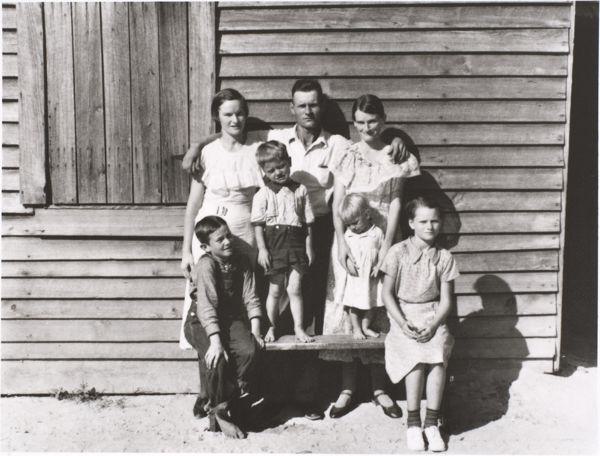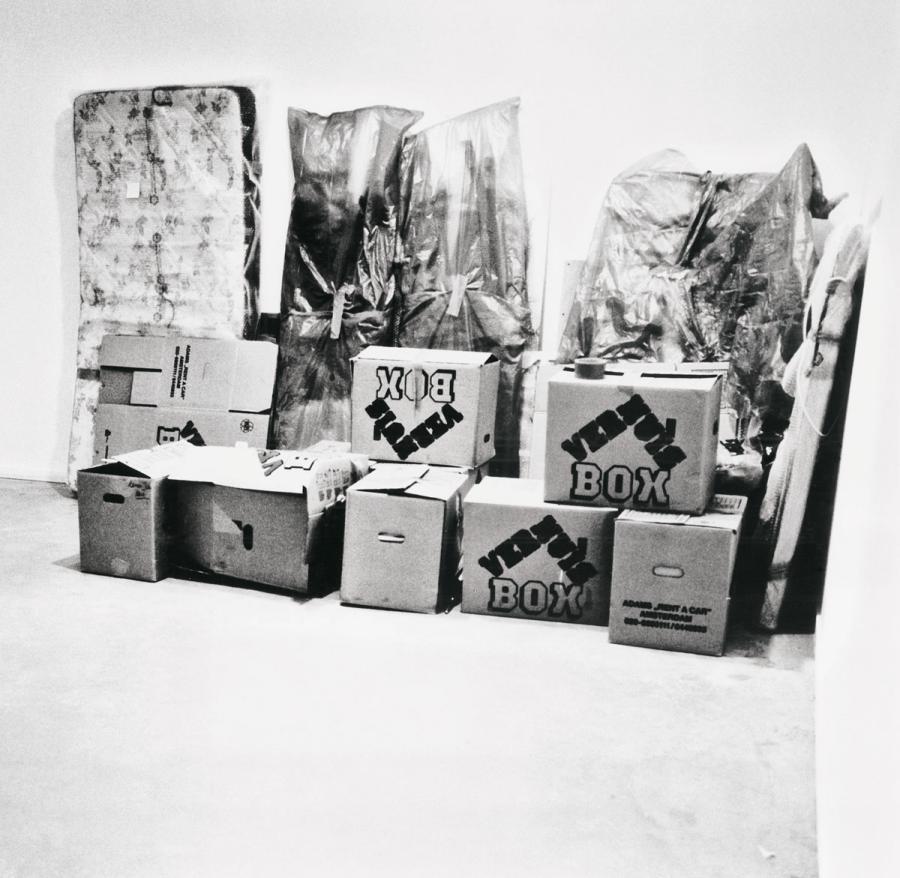Appropriation Art
After our makeup class on Friday I was thinking about appropriation art and the Sherrie Levine presentation I gave last year for my History of Contemporary Art class. At the time of the presentation I had a good understanding of appropriation art but after class today it was clear to me that I had forgotten a lot. I reviewed last years’ presentation to help me remember.
Her photo series After Walker Evans (1981) is an appropriation of photographs from the book Let Us Now Praise Famous Men (1941), authored by James Agee with photographs by Walker Evans. Evans was commissioned by the government in 1936 to document the poverty of the Great Depression. The book was widely published and the photos were familiar to people at the time. Levine photographed photos in a catalog to appropriate the photos. The Evans estate saw this as copyright infringement and bought the works to prevent their sale. Now all of the photos are in the MET collection.

Sherrie Levine, After Walker Evans: 2 (1981)
The important point about appropriation art is that the new work recontextualizes what it borrows from the original object to create the new work. This kind of art can be traced to Marcel Duchamp and Fountain (1917), which shifted the art world’s focus from crafting physical objects to intellectual interpretation. In Duchamp’s words, “Industrially produced utilitarian objects...achieve the status of art merely through the process of selection and presentation.”
I find the following comment made during the subsequent debate about the value of Fountain (1917) to be insightful:
Whether Mr Mutt with his own hands made the fountain or not has no importance. He CHOSE it. He took an ordinary article of life, placed it so that its useful significance disappeared under the new title and point of view – created a new thought for that object.
—Beatrice Wood
Mr Mutt (Duchamp) made a choice to select the this particular item, and by positioning it differently and giving it a new title, it became something different from what it was before. With the work he was challenging the art world’s view of what art is. A urinal can’t do that. There was in fact a new thought associated with the object.
In Sherrie Levine’s work, the work is conceptual and the concept being communicated is the act of appropriation. Levine was appropriating the works of male artists, challenging the patriarchy. Walker Evan’s photographs were just photographs of people.
After reviewing my presentation from last year and reviving my previous understanding of appropriation art I will now state that appropriation art can in fact be art that has value. Not my favorite kind of art by any means, but I do agree that when they are done cleverly they can be thought provoking and meaningful.
However. Even though I can appreciate and respect appropriation art and “readymades,” I do admire artists who mock their prevalence in today’s art world. Most notably, Maurizio Cattelan and his work Another Fucking Readymade (1996).

Maurizio Cattelan, Another Fucking Readymade (1996)
Pure genius.
Comments